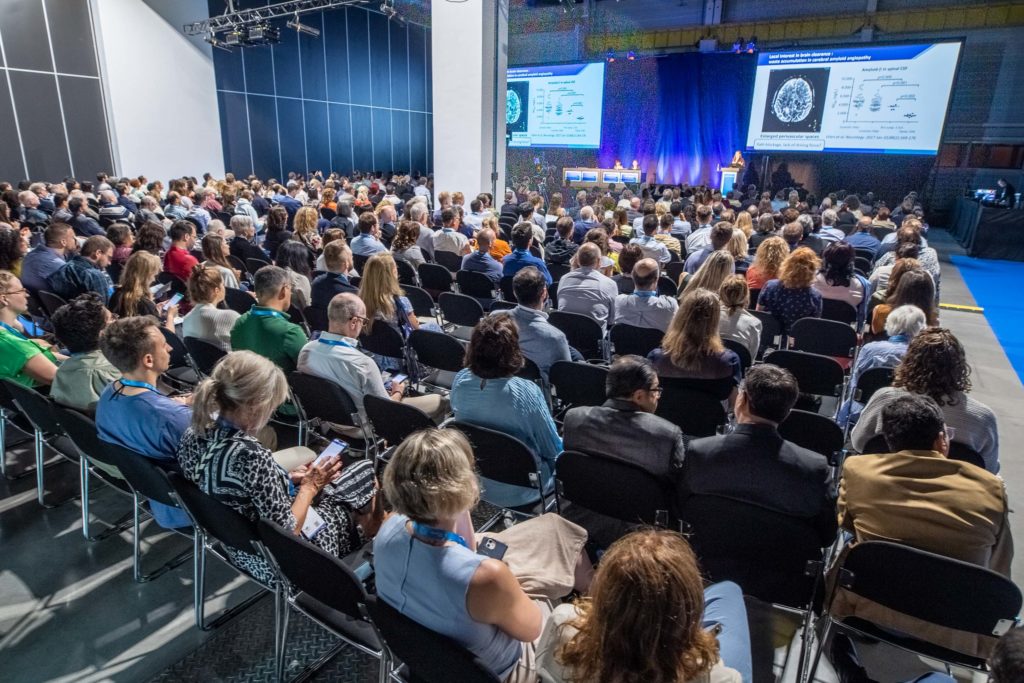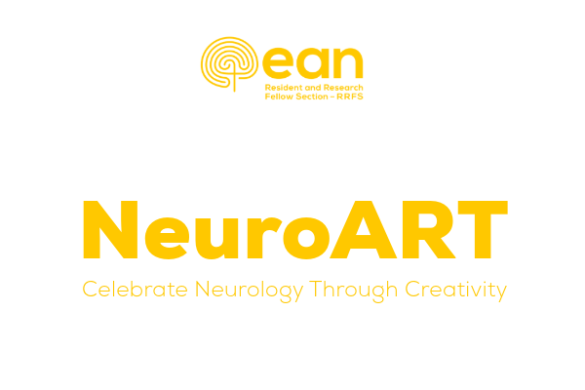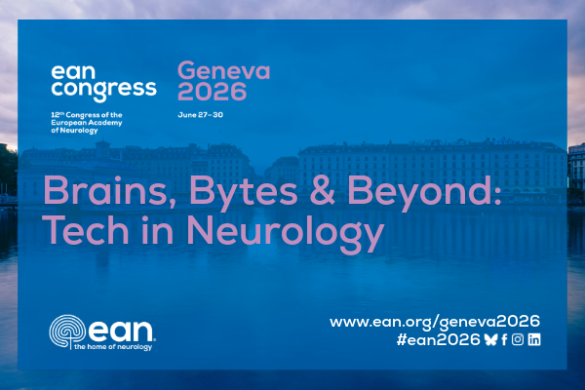by Raphael Wurm
Symposium 3 ‘Clearing the brain at night: Glymphatics, sleep and neurodegeneration’ on Saturday morning at EAN 2023, started with a presentation by Natalie Beschorner from Copenhagen, Denmark, which offered an overview of the human glymphatic system. She highlighted that, unlike other organs, the brain, despite its high metabolic activity, does not possess a classical lymphatic system. This longstanding puzzle was finally resolved last decade through the discovery of the glymphatic system. Beschorner’s talk then centered around the glymphatic pathway’s role in brain clearance. Her presentation served as a great starting point and primer for the audience, comparing findings from rodents, pigs, and humans.

Following Beschorner, Lydiane Hirschler from Leiden, the Netherlands, discussed novel and different imaging techniques utilised to visualise the glymphatic system. Since the system is active mainly at night, traditional approaches are not feasible in humans. She expanded on how tracking CSF dynamics is the best proxy available in humans and how different MRI sequences, including arterial spin labelling, can be used to analyse this. Building on that knowledge, she hinted at possible modifications of glymphatic clearance, pointing towards a future of therapeutic intervention.
…
Rolf Fronczek, co-chair of the meeting, also hailing from Leiden, then brought the focus back to the clinic. He talked about the association between sleep and the clearance of waste or byproducts through the glymphatic system. His talk featured recent research highlighting that the glymphatic system increases activity in humans during sleep, and that impaired sleep can lead to an accumulation of unfavorable proteins. He shone the spotlight on some lesser-known associations such as stroke and sleep, posing the intriguing question of how sleep quality immediately after a stroke might be linked to outcomes.
Concluding the session, Dario Arnaldi from Genova, Italy, expanded the clinical pictures by diving deep into the relationship between brain clearance and neurodegeneration. Arnaldi highlighted how different markers of sleep quality should be integrated to obtain a full picture. He then touched upon the potential of sleep-modulating therapies, which could influence the progression of neurodegenerative diseases.
In summary, this session underscored the significant relationship between sleep and the brain’s clearance system, and how an improved understanding of this relationship can aid in the management of many neurological diseases. It gave a comprehensive overview of the biological underpinnings, gave insights into how researchers study this elusive system, and then expanded on its association with common neurological diseases. Perhaps somewhat surprisingly, brain clearance is not only implied in neurodegeneration but in fact plays a role in many neurological diseases. The perspectives shared by these experts gave an excellent overview of the ongoing research and hinted at an emerging opportunity for modulating the glymphatic system.













